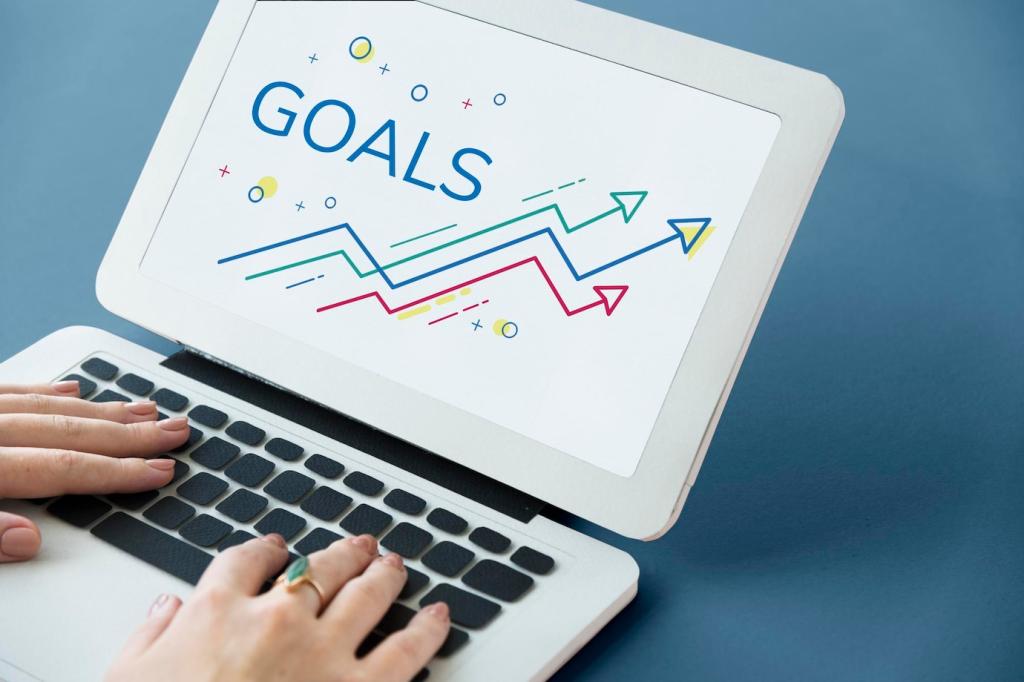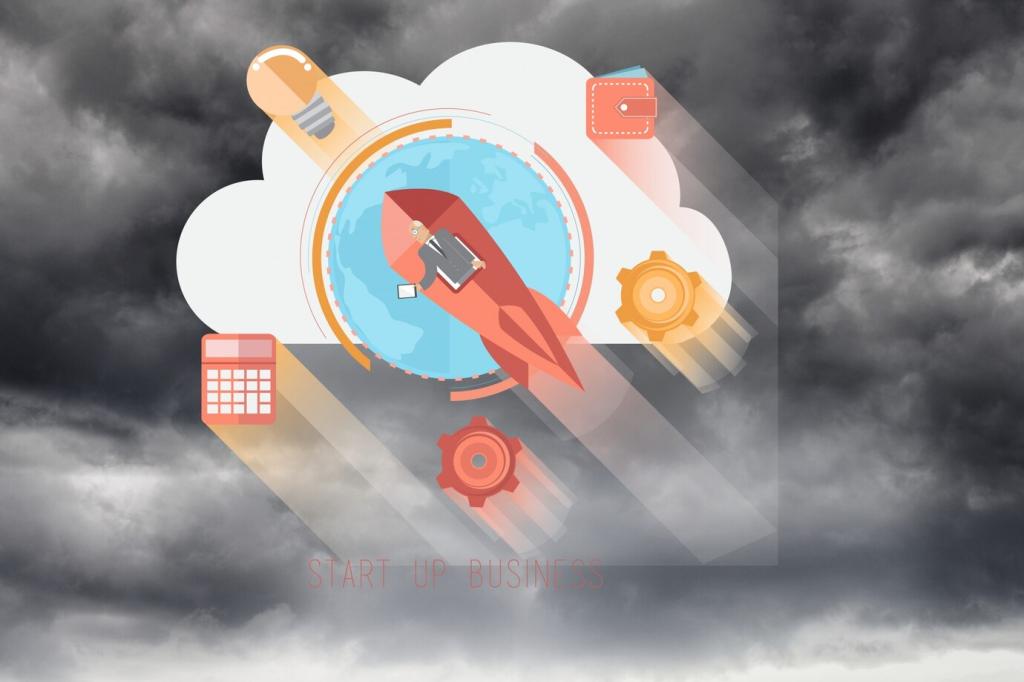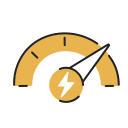Time Management Strategies for Remote Workers
Effectively managing time has become more crucial than ever for remote workers. The flexibility to work from anywhere offers tremendous advantages, but it also presents new challenges around productivity, focus, and work-life balance. By adopting tailored strategies and optimizing daily routines, remote professionals can navigate distractions, stay motivated, and achieve both personal and professional goals. This page explores proven time management techniques specifically designed to empower remote workers in organizing their schedules and maximizing efficiency.

Establish Clear Working Hours
Setting clear working hours creates boundaries between work and personal life, which is vital when working remotely. Decide in advance when your workday will start and end, and communicate these times to colleagues and family members. This practice not only structures your day but also helps manage expectations, ensuring your availability for team interactions while protecting your personal time. Maintaining regular hours trains your mind to enter 'work mode' at the right times, increasing overall productivity. You may choose traditional office times or a schedule tailored around your most productive periods—what matters is the consistency and clarity.
Create Morning and Evening Rituals
Morning and evening rituals serve as psychological 'bookends' to your workday, helping you transition in and out of work mode smoothly. Begin your day with a routine that prepares you mentally and physically, such as a walk, breakfast, or a short meditation session. At the end of the workday, create a ritual that clearly marks the close of business, like shutting down your computer or writing a to-do list for the next day. These small habits reinforce daily structure and enhance your ability to focus when it's time to work, while also enabling you to fully relax outside of working hours.
Plan Breaks Into Your Schedule
Intentional breaks are critical for maintaining focus and preventing burnout while working remotely. Schedule regular intervals throughout your day for short walks, stretching, or activities that help you recharge. These breaks foster better concentration and creative thinking upon your return to work tasks. By treating breaks as a non-negotiable part of your routine rather than an afterthought, you avoid the pitfalls of fatigue and overwork, ultimately enhancing your productivity. Using timers or calendar reminders can help you commit to these pauses, transforming them into powerful productivity tools.


Use Goal-Setting Frameworks
Goal-setting frameworks such as SMART goals or the Eisenhower Matrix provide structured approaches to identifying and prioritizing tasks. These methods help you break down complex projects into manageable objectives and determine which actions need immediate attention versus those that can be scheduled later. Regularly revisiting your goals ensures you remain focused on what truly matters, both in your daily tasks and long-term ambitions. By establishing clear, specific goals, remote workers avoid getting lost in less impactful activities and remain on a purposeful path throughout the week.
Limit Multitasking
Multitasking may seem efficient on the surface, but it often leads to diminished quality of work and increased mental fatigue. For remote workers, the temptation to juggle multiple tasks simultaneously is high, especially with potential distractions at home. Instead, focus on single-tasking by dedicating your attention to one activity at a time. This enhances concentration and allows you to complete each task with greater accuracy and speed. Using strategies like task batching—grouping similar activities together—can also optimize your workflow without sacrificing productivity in the process.
Review and Adjust Priorities Daily
Adaptability is essential when working remotely, as daily priorities can shift due to new projects, urgent emails, or evolving client needs. Take time at the start or end of your workday to review and recalibrate your task list. Assess which items remain most critical and move less urgent tasks as necessary. This habit of regular reflection helps prevent important work from slipping through the cracks and equips you to respond proactively to unexpected changes, ensuring you always focus your energy where it’s needed most.
Minimizing Distractions in the Home Environment
Designate a Dedicated Workspace
Establishing a dedicated workspace, separate from common living areas, signals to your mind and household that you are in ‘work mode.’ Whether it’s a spare room, a corner of the living room, or even a specific desk, having a clear work zone helps enhance concentration. Personalize your workspace to make it comfortable and minimize clutter, as a tidy and organized area is conducive to productivity. Over time, this dedicated space will cue your brain that it’s time to work, making transitions into focused productivity smoother and more effective.
Set Boundaries With Others at Home
Clear communication with those you share your space with is vital to minimizing interruptions. Set expectations around your working hours and availability, and, if necessary, use visual cues like a closed door or headphones to signal when you shouldn’t be disturbed. Consistently reinforcing these boundaries helps others respect your need for uninterrupted focus and reduces the likelihood of unscheduled disruptions. These habits not only preserve your productivity, but also foster mutual understanding and respect within your household.
Manage Digital Distractions
Digital distractions are among the most persistent challenges for remote workers, with social media, news, and personal emails only a click away. Implementing strategies such as disabling non-essential notifications, using website blockers during work periods, or scheduling specific times to check messages can dramatically reduce these interruptions. By creating ‘tech-free’ focus hours and sticking to them, remote workers reclaim their attention and create the mental space necessary for deep work. It’s a continuous process, but proactive digital discipline greatly increases both efficiency and job satisfaction over time.
